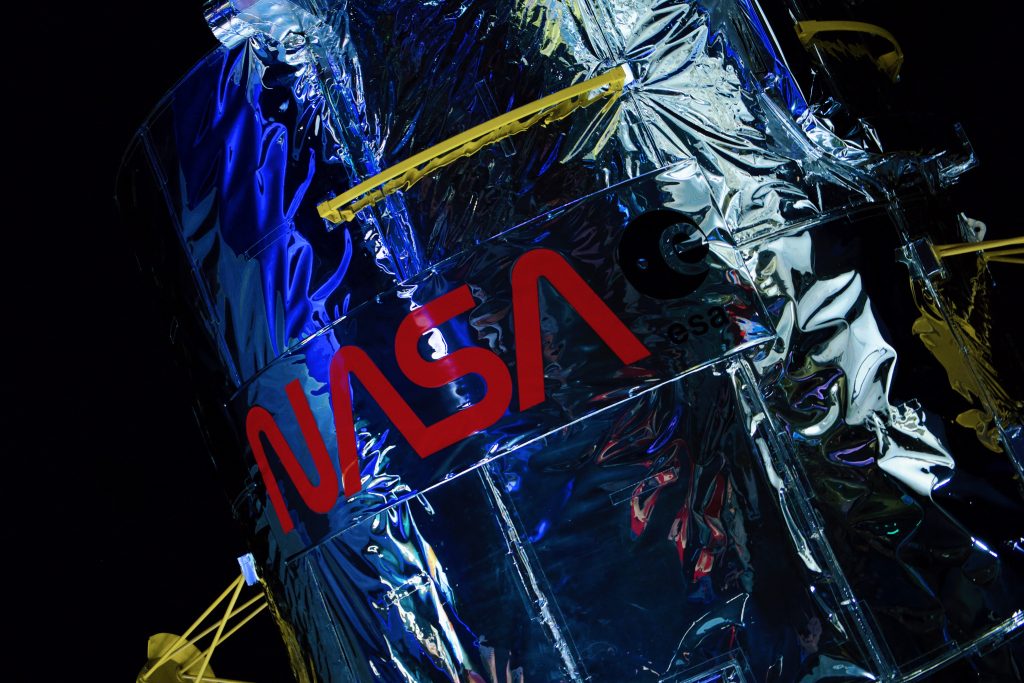Have you ever wondered about the distinction between a manual and motorized telescope mount? Well, let’s shed some light on the subject for you! When it comes to a manual telescope mount, it requires you to adjust the position of the telescope and track objects in the sky manually. By utilizing knobs or levers, you have full control over its movement, allowing you to make precise adjustments as you observe celestial bodies.
However, if you opt for a motorized telescope mount, you get the added convenience of automated movement. With the help of motors and computerized systems, you can easily track objects, follow their motion across the sky, and even perform tracking for extended periods. This feature allows for hands-free observation, making it ideal if you’re interested in astrophotography or simply want to enjoy a hassle-free stargazing experience.
So, whether you prefer the hands-on approach of a manual mount or the convenience of a motorized one, both options offer unique advantages that cater to different needs and preferences. The choice ultimately depends on your personal preferences and the type of observation you wish to pursue. Happy exploring!
Definition of Manual and Motorized Telescope Mount
A telescope mount refers to the device that holds the telescope in place and allows for its movement, making it an essential component for any stargazing enthusiast. There are two main types of telescope mounts: manual and motorized.
A manual telescope mount is operated by hand and requires physical manipulation to adjust the telescope’s position. This type of mount typically consists of two axes of movement – the altitude (up-down) and azimuth (left-right) axes. By manually rotating and tilting the mount, users can track celestial objects as they move across the sky.
On the other hand, a motorized telescope mount is equipped with an electric motor that automates the movement of the telescope. With the help of a control mechanism, users can precisely adjust and track celestial objects without the need for manual manipulation.
Control Mechanism
Manual Control
In a manual telescope mount, control is entirely dependent on the user’s physical input. By grasping and rotating the mount’s knobs or handles, you can make adjustments to the telescope’s position. This hands-on approach allows for a direct connection between the user and the telescope, providing a more intimate stargazing experience.
Motorized Control
Motorized telescope mounts, as the name suggests, offer the convenience of automated control. These mounts incorporate electronic systems that enable the user to manipulate the telescope’s movement through buttons or remote control. With motorized control, you can precisely adjust the telescope’s position without any physical effort, providing a more effortless stargazing experience.

Operation
Manual Telescope Mount
Operating a manual telescope mount requires a certain level of skill and familiarity with the equipment. Users must manually adjust the altitude and azimuth axes to track celestial objects. This process involves continuous monitoring and adjustment to keep up with the object’s movement. While it may take some time to become proficient, operating a manual mount offers a hands-on, engaging stargazing experience.
Motorized Telescope Mount
Operating a motorized telescope mount is relatively more straightforward. With the press of a button or a few taps on a remote control, users can command the mount to move and track celestial objects automatically. Motorized mounts often come with preset tracking modes, allowing users to select specific celestial targets and have the mount automatically adjust its position to keep the object within the telescope’s field of view.
Tracking Capability
Manual Telescope Mount
The tracking capability of a manual telescope mount is limited by the user’s ability to make continuous adjustments. As celestial objects move across the sky, maintaining their position within the telescope’s field of view requires constant manual monitoring and corrections. While manual tracking can be challenging, experienced users can achieve impressive accuracy with practice.
Motorized Telescope Mount
Motorized telescope mounts excel in their tracking capability. With the help of built-in motors and control systems, these mounts can automatically track celestial objects as they move across the sky. The motorized system compensates for the Earth’s rotation and adjusts the telescope’s position accordingly, providing a seamless and accurate tracking experience. This allows users to observe celestial objects for extended periods without the need for constant manual intervention.

Precision and Accuracy
Manual Telescope Mount
The precision and accuracy of a manual telescope mount depend on the user’s skill and experience. With practice, users can develop the ability to make precise adjustments to track celestial objects. However, human error and limitations may still introduce slight inaccuracies in the tracking process, particularly during longer observations.
Motorized Telescope Mount
Motorized telescope mounts are designed for precision and accuracy. With electronic control systems and motorized movements, these mounts can make smooth and accurate adjustments to track celestial objects. The automation eliminates the potential for human error and ensures consistent tracking, enabling more precise and accurate observations over longer periods.
Ease of Use
Manual Telescope Mount
While manual telescope mounts require more hands-on effort, they offer a unique and engaging experience for astronomy enthusiasts. Some individuals enjoy the tactile nature of manually adjusting the telescope and find it more immersive. However, it does require a learning curve and practice to attain proficiency.
Motorized Telescope Mount
Motorized telescope mounts offer a higher level of convenience and ease of use. With automated movements, users can control the mount and track celestial objects effortlessly. The intuitive control mechanisms, such as button interfaces or remote controls, simplify the operation and make motorized mounts more accessible, particularly for beginners or those looking for a more relaxed stargazing experience.

Portability
Manual Telescope Mount
In terms of portability, manual telescope mounts generally have an advantage. Due to their simpler construction and lack of electronic components, these mounts tend to be more lightweight and compact. This makes them easier to transport and set up in different locations, making manual mounts a popular choice for backyard stargazing or field trips.
Motorized Telescope Mount
Motorized telescope mounts, with their built-in motors and control systems, often add weight and bulk to the overall setup. While modern motorized mounts have become more compact and portable, they still require additional considerations, such as power sources and cables. Motorized mounts are commonly preferred by those who prioritize automated tracking and precision over portability.
Flexibility and Versatility
Manual Telescope Mount
Manual telescope mounts offer a high degree of flexibility and versatility. With manual control, users have the freedom to explore different tracking techniques and observe a wide range of celestial objects. This hands-on approach allows for experimentation and customization, providing a more personal and adaptable stargazing experience.
Motorized Telescope Mount
Motorized telescope mounts offer their own level of flexibility and versatility. With automated tracking capabilities, users can focus more on observation and photography without constantly adjusting the telescope’s position. Many motorized mounts also come with advanced features like computerized databases, allowing users to easily locate and track specific celestial objects. This makes motorized mounts particularly suitable for astrophotography and for those who want to focus solely on observing without the need for manual corrections.
Cost
Manual Telescope Mount
In terms of cost, manual telescope mounts are generally more affordable. The simplicity of their design and the absence of motorized components contribute to a lower price point. This makes manual mounts an accessible option for beginners and hobbyists who are not looking to invest heavily in their stargazing equipment.
Motorized Telescope Mount
Motorized telescope mounts tend to be more expensive due to the inclusion of motorized control systems and electronic components. The added functionality and convenience come with a higher price tag. However, for those serious about astronomy or astrophotography, the investment in a motorized mount can greatly enhance the stargazing experience and provide more accurate tracking.
Conclusion
When deciding between a manual and motorized telescope mount, consider your individual preferences and requirements. If you enjoy the hands-on approach and value the learning experience, a manual mount may be the right choice for you. On the other hand, if convenience, precise tracking, and automation are important to you, a motorized mount offers a wealth of benefits. Regardless of your choice, both types of mounts can provide rewarding stargazing experiences and enable you to explore the wonders of the night sky.











